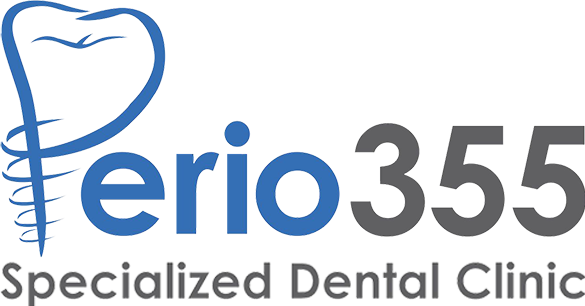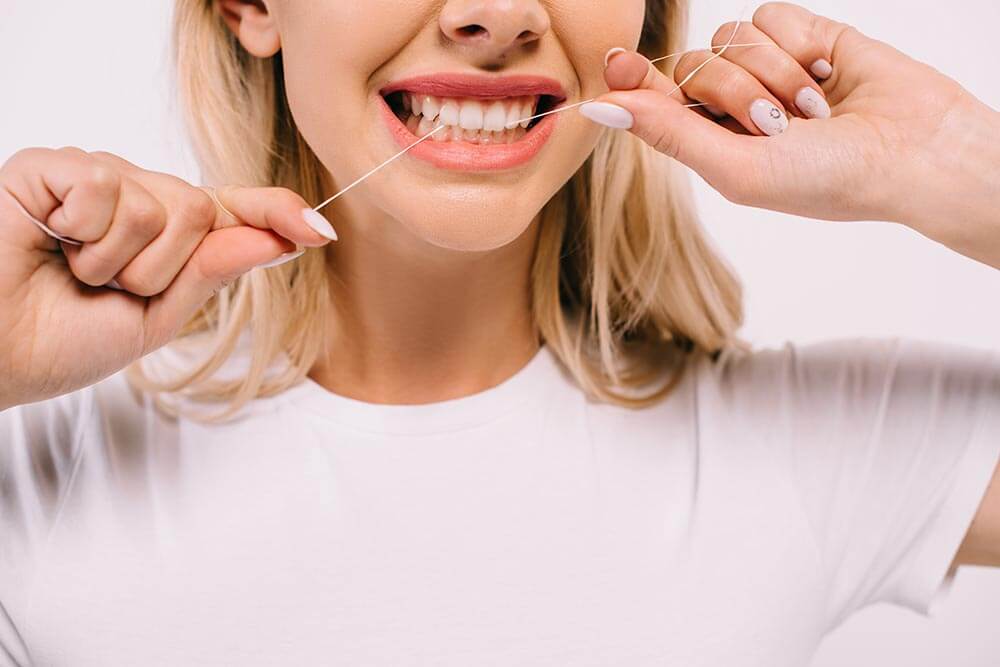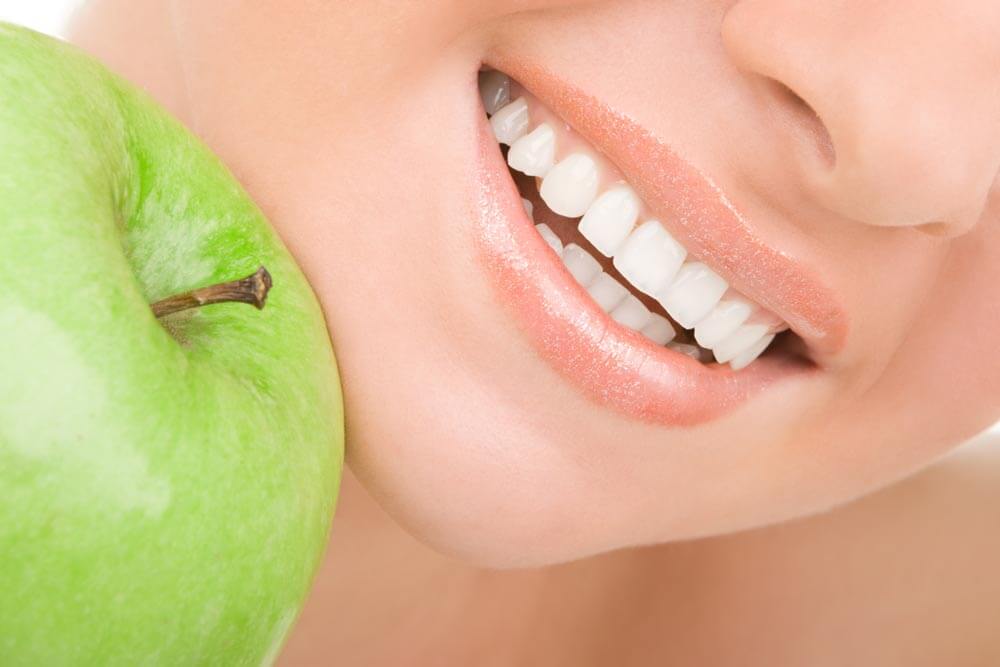In Dentistry, two types of grafting materials are used. Grafts that replace hard tissues (bones) and those that replace soft tissues (gingiva).
What exactly are the grafts used in Dentistry and whether my organism will accept the graft.
The way grafts work is to create a substrate, where the organism itself, after using them as an infrastructure (scaffolding) to create new tissues, will also absorb a large amount of them, always depending on the type of the graft. So, the question “Will my organism accept the graft?” is technically non-existent for the type of grafts used in Dentistry. They do not replace missing organs for life, (such as a transplanted kidney), but instead they create the necessary conditions for tissues reproduction by the organism itself. Also, depending on the type of graft selected for use, this may bring some genetic information or/and growth factors that also help in the regeneration of the area.
The two main reasons for the failure of a graft are either the wrong surgical technique or the presence of an early infection. Also, heavy smokers (>10 cigarettes per day) and people with uncontrolled diabetes have significantly higher failure rates.
What kind of graft is going to be used.
Concerning bone grafts, they are used in Periodontics and Implantology. The primary goal of using them is to regenerate the bone and fill the bony lesions with newly formed bony tissue. Regeneration of the rest of the periodontal tissues is generally limited to the use of bone grafts and their substitutes only.
Bone replacement grafts are distinguished by their origin in:
1) Autogenous bone grafts
These are the grafts that come from the individual himself.
2) Allografts
These are the grafts that come from another individual of the same species, meaning from a different human organism.
3) Xenografts
These are the grafts that come from a species other than the human one (for example: cows).
4) Synthetic or Alloplastic Materials
Their use is limited.
Finally, there is the category of grafts that replace soft tissues, that is gums.
Is it safe to use grafting materials and what is their origin?
What is important for patients to keep in mind is that nowadays the use of transplants is safe and beneficial for them, as long as, of course, they come from domestic or foreign tissue banks that meet the necessary specifications. This is left upon the Dentist’s trust and reliability, who must know and be aware of the biomaterials he uses as well as their origin.



